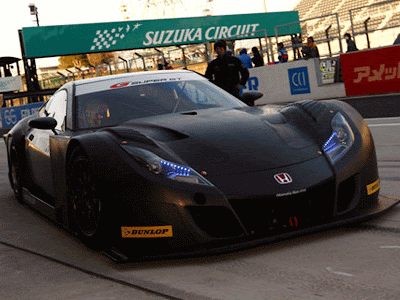It was the early ‘80s and I can still picture the Simca Rallys and NSU TTs going around that bend as if they were on rails. That memory is what spurred me to find myself an NSU as my next project car. It was the only real choice after having several air-cooled VW Beetle projects. Like the vintage VWs, the NSU also has a rear engine which is air cooled……but this time it is an inline four.


 History of the TTS
History of the TTSThose with modern knowledge of the Audi brand may think of the drop-top Nimbus-grey concept car of the 1990s first shown to hint at the then-upcoming Audi TT Roadster, as well as an S version that we never really got. However, only the more widely read Audiphiles will know that the name originally came from the hottest of all NSU Prinz models.
At the time, NSU customers wanted a sportier version of the Prinz 1000 following its market introduction. Even the TT version, which was produced 2 years later, had it limits due to its manifold and single carburator. It is said that NSU got the idea for the TTS from Siegfried Spiess, an NSU tuner that raced the TT. He took the TT and used the 1000 engine that had been modified with dual carbs and other performance enhancements to enter the car for the 1000cc motorsport series where he was very successful.
In February 1967, NSU started the production of the TTS for mainly motorsports purposes. The factory did everything they could to make the TTS a successful car in racing. The street version had a70hp 1000cc engine with forged pistons for the 10.5-1 compression ratio, bigger valves, dual 40 Solex carburetors, special cam, an optimized manifold and an oil cooler mounted under the bumper at the front to keep the engine cool. The race version had 85hp by using stacks instead of air filters, rejetting the two Solex carbs and using an open exhaust. Motorsport transmissions were offered and CV joint axles were introduced at the differential side.
You could order the TTS in any color you wanted so long as it was Alpha Red, though Targa Orange was introduced later to offer more selection. Through special order, you could also eventually add Silver Metallic, Aero Blue Metallic, Gemini Blue Metallic. Pastel White was also mentioned in later parts documents for the TTS from the period.
Only 2402 TTS models were build from 1967-1971.
Back to the Project
My biggest concern with taking on a project based on such a rare car was the availability of spare parts. Though a cottage industry exists for these cars in Germany, the following in North America is not surprisingly smaller. NSU TTs are still being raced in several motorsport series such as the NSU TT Trophy, Autocross and hill climbs in Germany and other European countries. After researching it a bit more I actually found quite a few resources that offer spare and motorsport parts for NSUs. However most of those shops are across the Atlantic, making their sourcing a bit of a trick.
© Source: article on fourtitude.com











No comments:
Post a Comment